MAY 2023

hot & spicy foods & beverages
Technologies
Hot! Hot! Hot!
Spicy foods continue to trend, not only in number but in variety.
The heat is on! Spicy foods continue to entice consumers with more heat, more flavor. Video courtesy of Getty Images / BonNontawat
Many traditional and ethnic foods have broad appeal because, while being simple in construction, they are full of flavor. In many cases, and in many cultures, that fullness of flavor comes from the introduction of piquancy. The cuisine styles associated with the current trend embracing global flavors have brought with them not only an escalation in heat–hot foods are getting hotter–but a greater variety of sources from which to draw the heat.
The number of chili peppers and pepper sauces in play continues to multiply, with some of each becoming mainstream. The past decade has seen sriracha become nearly as ubiquitous as ketchup, and superhot peppers, specifically ghost peppers, Carolina Reapers, and scorpion peppers have become commonplace. And peppercorns (white, black, and green) and horseradish (both standard and wasabi) are more in the limelight than ever.
By Paul Muller with David Feder, RDN, Executive Editor-Technical
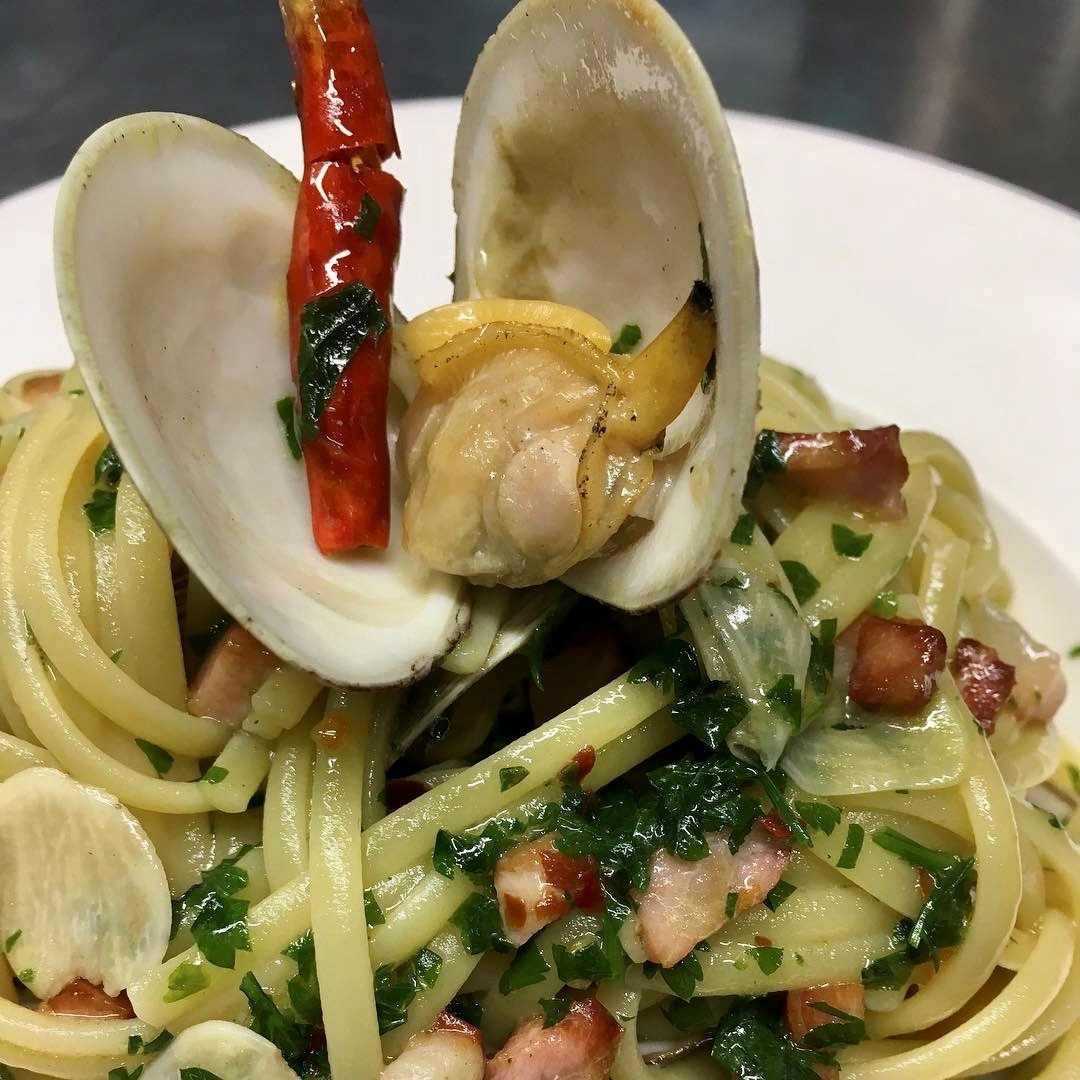
A Different Heat
While chili peppers—fresh, dried, powdered, or in sauces—are the common turn-to when it comes to adding heat, you can’t go wrong with classics like peppercorns, mustard, or horseradish. Horseradish and ginger are two roots that pack a serious punch when incorporated into a formulation either freshly grated or only slightly cooked. The same is true of horseradish’s Brassicae family cousin, mustard.
True mustard, as a seed or powder, adds a welcome burn that also helps carry savory and salty flavor notes in a formulation. Other spices, specifically cinnamon and clove, are known for a lighting a good burn and, unlike horseradish and ginger, the longer they steep in a recipe, the more heat they can give. Even garlic, when raw and crushed, will provide a delightful sting.
“There is no doubt that there is a growing demand for spicy foods,” acknowledges Bob Okura, VP of Culinary Development for the Cheesecake Factory, Inc. “But spicy menu categories no longer are dominated by chicken wings, curries, fire-roasted salsa, etc.” Okura cites as an example one of the chain’s recent salads of greens tossed with a Calabrian-style chili pepper and Parmesan vinaigrette. He says, “The combination creates a new and intriguing flavor profile unlike any other for a dish like this, and the consumer response has been very positive.”
The lesser-known spicy culinary traditions of countries such as Italy are finally getting their due in the West. Photo courtesy of: Paul Muller
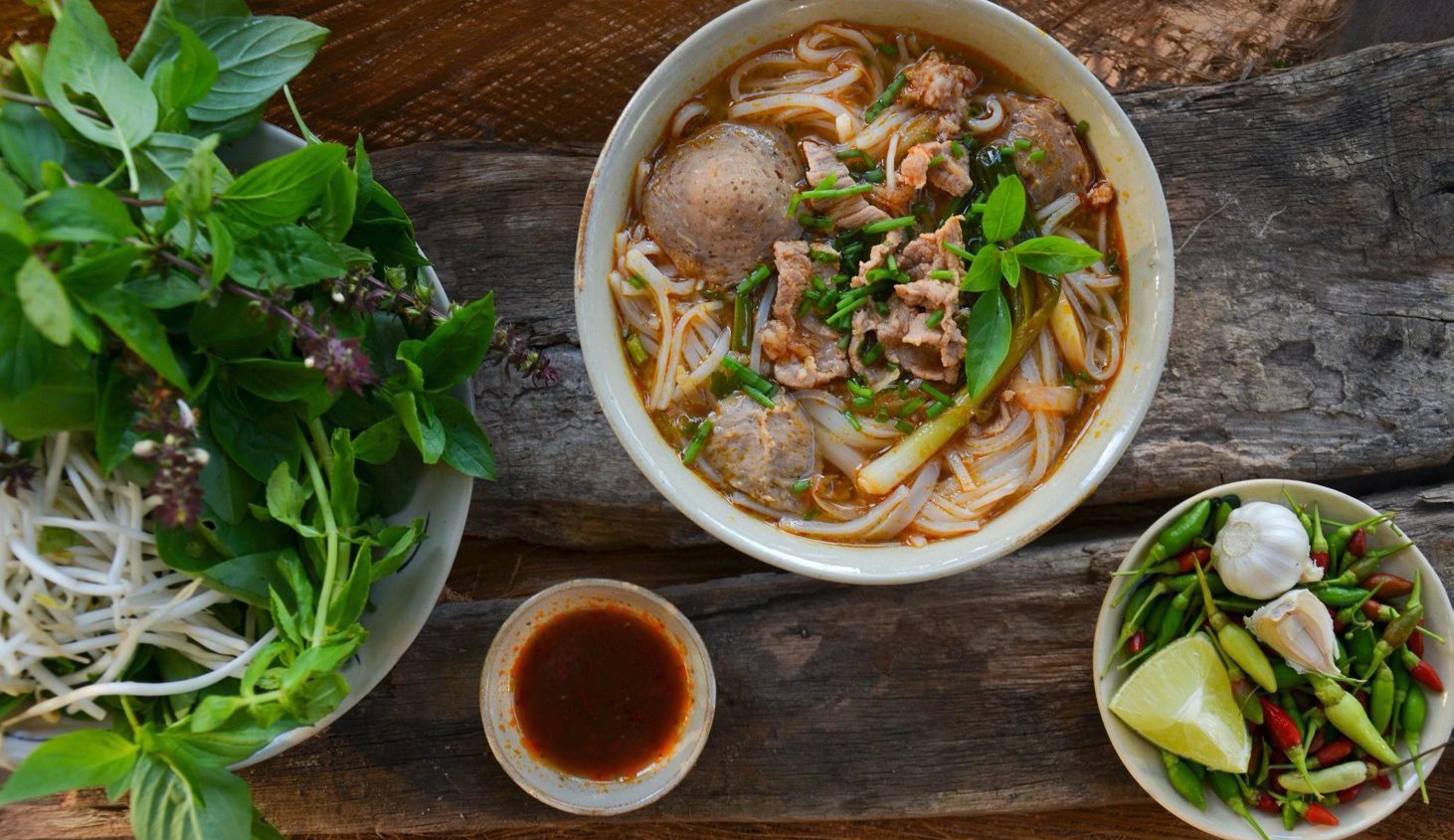
The rise of global flavors and ethnic cuisines brought with it a rising level of heat the ignited consumers’ culinary passions. Photo courtesy of: leekhoailang/Getty Images
Flavor Balance
Incorporating heat into prepared foods relies on a mindful balance based on training as well as trial and error. Pushing the limits and boundaries of flavor profiles usually come about through repetition and making small adjustments while applying feedback from the development team and consumers (e.g. through focus groups).
This approach allowed for the successful creation of a complex tuna tartar of bluefin tuna with pickled ginger, chili pepper sauce, yuzu (zest and juice), house made seven-spice blend shichimi togarashi, and tempura-fried nori chips for garnish. The different types of heat presented by the chili peppers and the ginger helped to marry the multifaceted array of flavors perfectly.
Heat, Plus
Heat seldom stands alone. Various combinations of spicy, sweet, sour, briny, and bitter also are trending. Menus are ramping up clams, shrimp, and oysters with spicy, lemony cocktail sauce, and meats and poultry are often accompanied by hotter versions of chutney or grated horseradish blended with a ground or chopped fruit or vegetable. The horseradish combinations are especially effective, with the addition of ingredients like dried fruit, tomato, citrus, or root vegetables (such as carrots or beets) balancing the root's intense pungency or bitterness with a sweet or earthy accent.
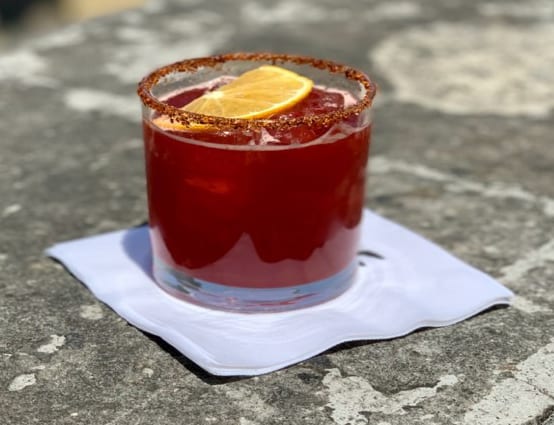
A more classic example of such interplay between heat, sweet, and savory is the Hunan-American dish of Orange Peel Beef. It typically incorporates seared dried hot chili peppers, orange peels, garlic, ginger, and scallions to create a powerfully flavored oil-based sauce to which sweet mild chili pepper sauce is added to pull together all the intense flavors.
“When developing heat sensation food items, look at heat as a sensation that blends all of the elements of the key flavor points in a preparation,” explains Walter Zuromski, Culinary Director for Chefs Services Group, Inc. “The key to using heat as a product developer is to make it subtle or pronounced according to the application. Work with the other ingredients to determine how the flavor profiles interplay with each other, while adjusting the spicy, sweet, sour, and savory elements in different percentages to produce different combinations.”
Even beverages are benefiting from a splash of fire. In mocktails, a hit of pepper can fill in for the missing sting of alcohol. Photo courtesy of: Paul Muller
Piccante Bello!
Italian cuisine, more often associated with sweet tomato sauces, has its heat-generating traditions. It’s not uncommon to find, in Southern Italian and Sardinian cuisines, chili peppers joining garlic and black pepper to ignite next-level flavor in tomato-based sauces.
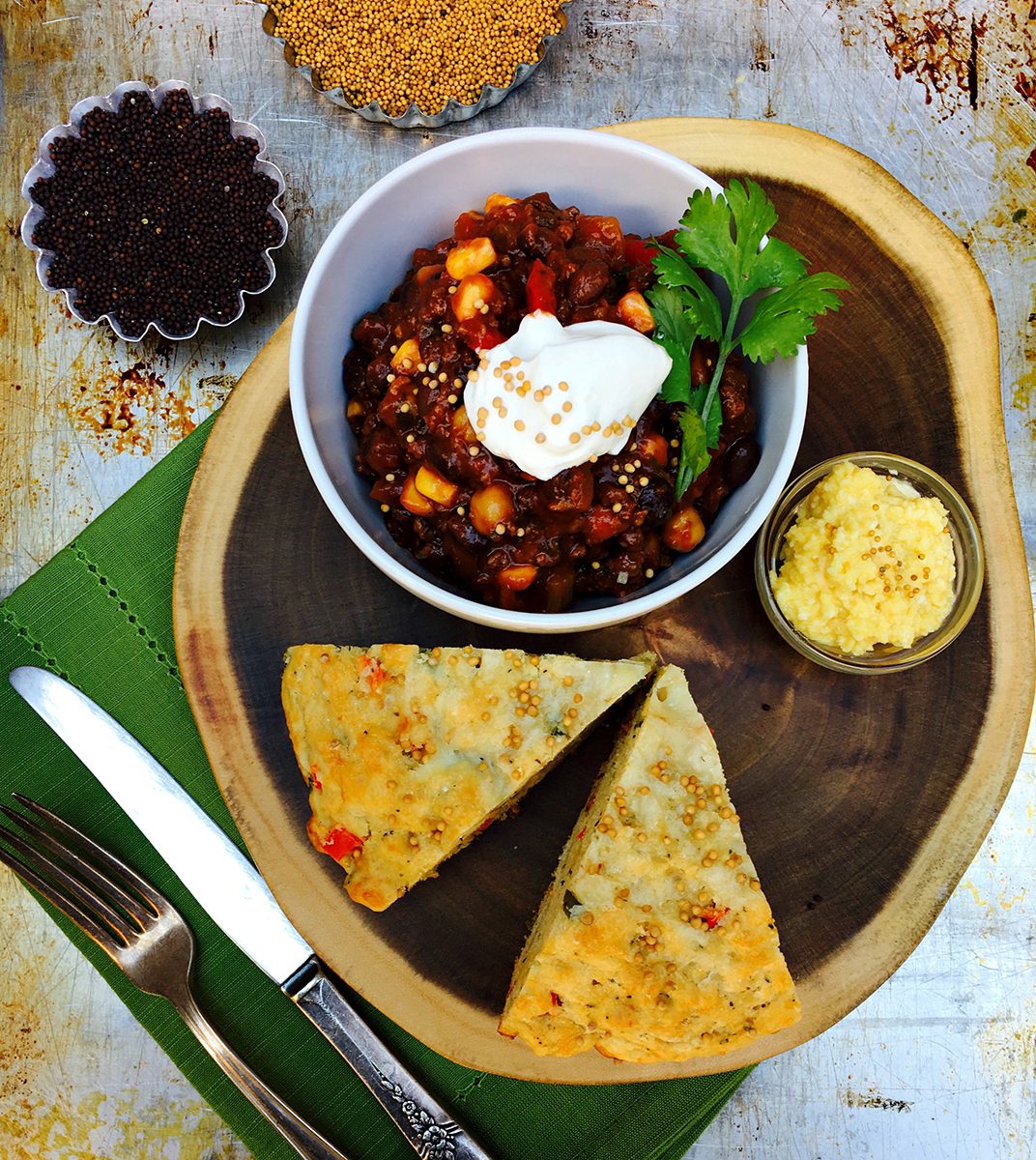
Whereas spicy foods typically are associated with cuisines from warmer climes, consulting chef Mark Adair discovered the universality of hot foods during his apprenticeship years in France and Switzerland. “The executive chefs I worked under drilled into me that heat and spice play a key role in every dish, with balance and restraint being the hallmarks of culinary artistry,” he notes. “Often, all a dish required was a little white pepper or freshly grated ginger to complete.”
Yet, such subtlety seems to have been flipped upside-down in the past decade. Big, bold flavors are proving to be the more successful ones. Examples in food service abound, with such popular items as hamburgers with shaved habaneros and serrano chili peppers, ghost pepper-topped pizzas, and habanero-flecked mac-n-cheese. Chili peppers now enjoy global familiarity and demand, and consumers continue to seek out spicier and bolder foods. They also want transparency; they want to know what’s bringing the heat, where and how the ingredients are grown or produced, and exactly how hot the dish will be.
While it’s common to think of chili peppers or peppercorns when turning up the heat, other ingredients, such as mustard, can add that flavor-enhancing bite as well. Photo courtesy of: Saskatchewan Mustard Development Commission
Hot Beverages
Mocktails have been a big trend in the beverage industry, and many concoctions are incorporating heat to substitute for the missing sting of alcohol. But a spicy cocktail is nothing new. Think of the Bloody Mary. The play of horseradish, black pepper, Worcestershire sauce, tomato juice, citrus, celery, and—more often than not—a dash of Tabasco sauce harmonize together in the right ratios. Adjust the ratios, change the main component from red tomato to a tomatillo and cilantro juice, and add an extra pinch of heat from sources such as Ghost pepper or Scorpion pepper, and the result is a modern, more vibrant version of the classic imbibement.
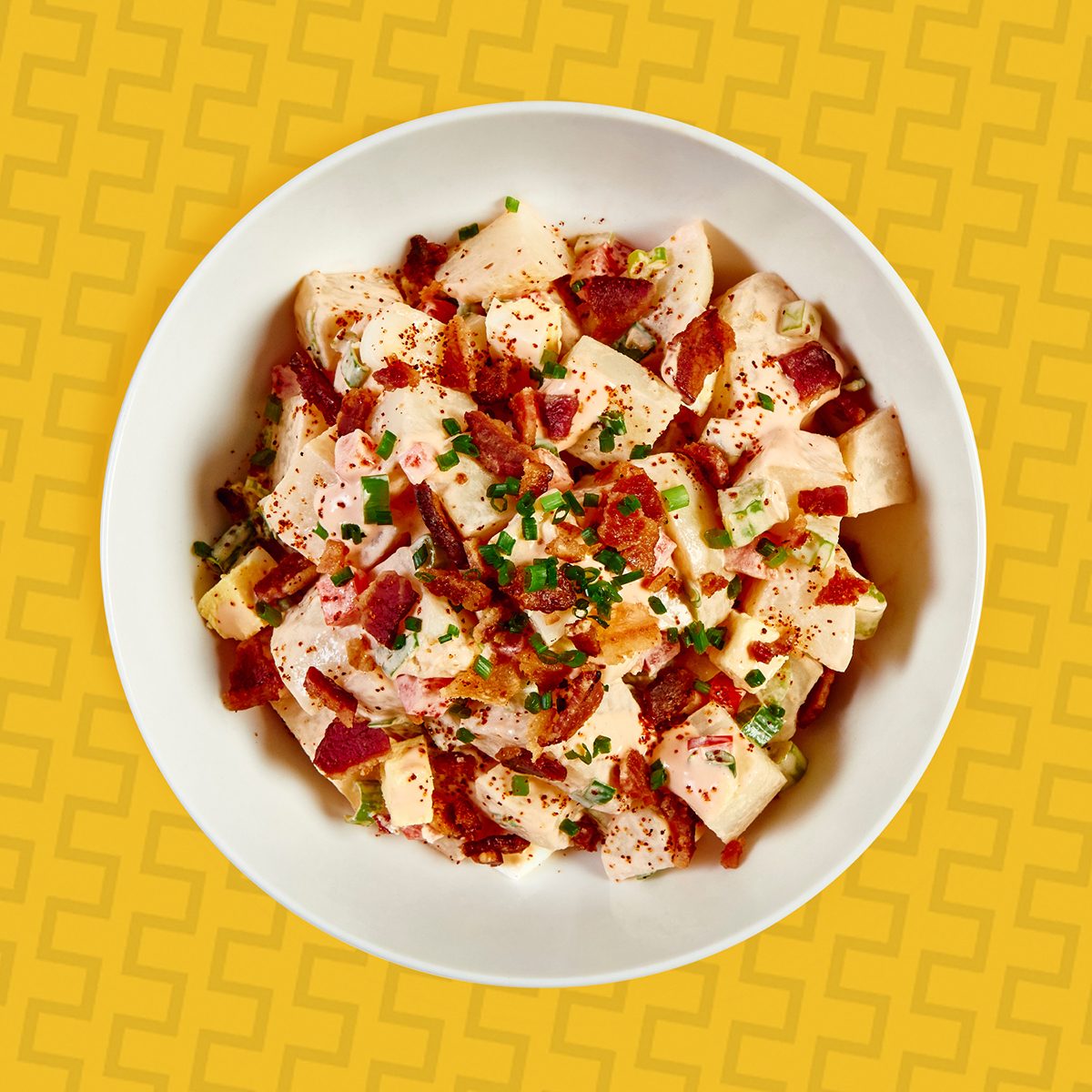
With Condiments
The explosion of popularity experienced by gochujang chili pepper sauce demonstrated that going big with heat has become a truly approachable formula for winning over consumers. As a tabletop condiment, gochujang has been used to complement not only Asian foods but wings, fried chicken, and fish.
A condiment in Cantonese cuisine, jiāng cōng yóu, has been climbing the trend ladder recently. Usually served with poached chicken, it incorporates very finely minced raw ginger, scallions, and hot toasted sesame oil. Both the ginger and scallion bring the heat, tempered by the sesame oil. “Whatever form of heat you reach for in your product development,” stresses Zuromski, “remember that it’s all about balance and sensation, allowing all the flavors to work in unison to deliver a great sensory experience of truly enjoyable heat.” PF
Chili peppers and hot sauces bring more than sting—they elevate flavors and enhance umami in today’s trending plant-based dishes. Photo courtesy of: TW Garner Food Co./Texas Pete
With nearly 20 years of experience in the restaurant business and an educational background from the New York Institute of Technology’s Culinary Arts Program, Paul Muller has worked for the Waldorf-Astoria in Manhattan and was Executive Chef of the Old Ebbitt Grill in Washington, DC. As a seasoned culinary operations leader and research chef, Muller led the culinary teams of P. F. Chang’s China Bistro, Pei Wei Asian Diner, and Paul Martin’s American Bistro. He also was Director of Culinary R&D for the Cheesecake Factory and Chief Culinary Officer for Lazy Dog Restaurants, LLC. Reach him at pmmuller32@icloud.com.
MAY 2023


